
The 5th floor studio where I spent two years of my life carrying groceries up and laundry down as a student in Chambéry, France was bulldozed down. I caught a glimpse of the debris from a passing train. While the small studio had a mouse then and again to whom I tried to feed French cheese, it also had a skylight above my bed, where I gazed out each night, listening to the sounds of stray cats walking across the rooftop, wondering if Mom or Dad were looking at the same moon.
Overshadowed by Annecy, nicknamed the Venice of the Alps, and Aix-les-Bain’s thermal baths and casino, Chambéry is a quieter Alpine town that attracts primarily French tourists as a rest stop in-between ski resorts. A recently renovated train station makes Chambéry a place of transition – not a final destination, but rather a needed stop before setting forth towards something more, whether that be in Geneva, Paris, Torino or Milan.



While studying at the Université Savoie Mont Blanc, I noticed that several classmates had Italian surnames. Could they have been descendants of those who lived here when Chambéry served as the capital of the Duke of Savoy, before being moved to Torino? Annexed to France in 1860, Italy’s influence is still present in Chambéry’s secret passageways weaving themselves throughout the medieval town, connecting private residences and hidden courtyards to main squares.

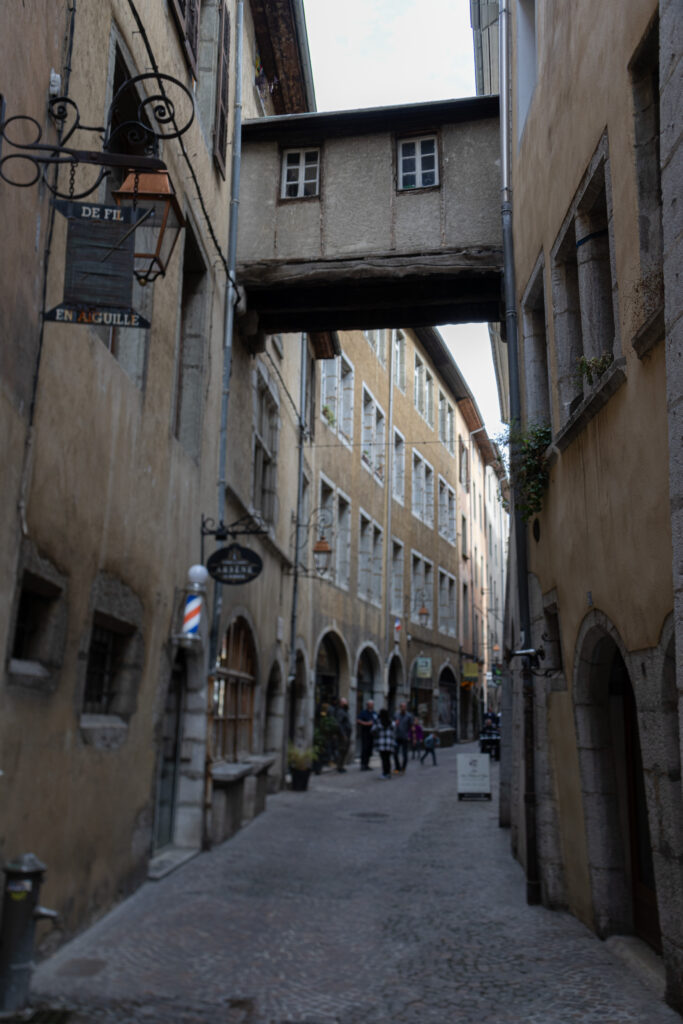
A lot of life can happen in two years. Chambéry cradled me when I felt that I had hit the lowest of low points, leaving a two-year relationship to sleep on a generous friend’s couch. Jobless, I questioned how I could afford to pay off compiling student loan bills while living off more than soup and baguettes.
“Babydoll, just come home,” my father urged, when I informed my family of my first real health scare. The only thing that kept me trying to make a cohesive whole from the pieces of what felt like a humiliating heap of my life, seemingly romantic from photos on social media to friends back home, was a series of short-term visas and my own heartstrings.
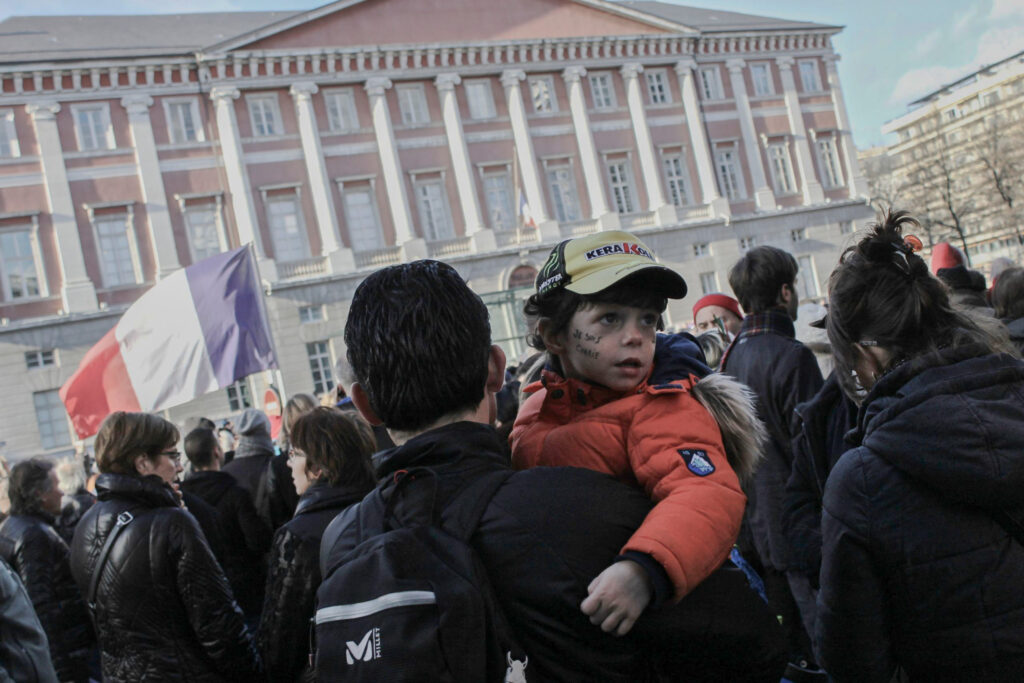
I lived in Chambéry when two gunmen entered a small satirical newspaper office a three-hour hour train ride away in Paris, killing cartoonists, staff members and unlucky bystanders in the name of Islam. International eyes were on France, observing from afar the brutal attack to Charlie Hebdo and to freedom of expression more broadly. Three thousand people joined together in solidarity by marching throughout the Old Town, beginning at the former Castle of the Duke of Savoy and ending at the guardians of Chambéry, a statue of four, forward-facing elephants locally known as the quatre sans cul (“the assless four”), tribute to General Benoit de Boigne, a Chambery native and important benefactor, and his conquests in India.
Holding pencils and signs reading the words “Je suis Charlie” in dark ink, the crowd marched to the words of a French protest anthem: On lâche rien.


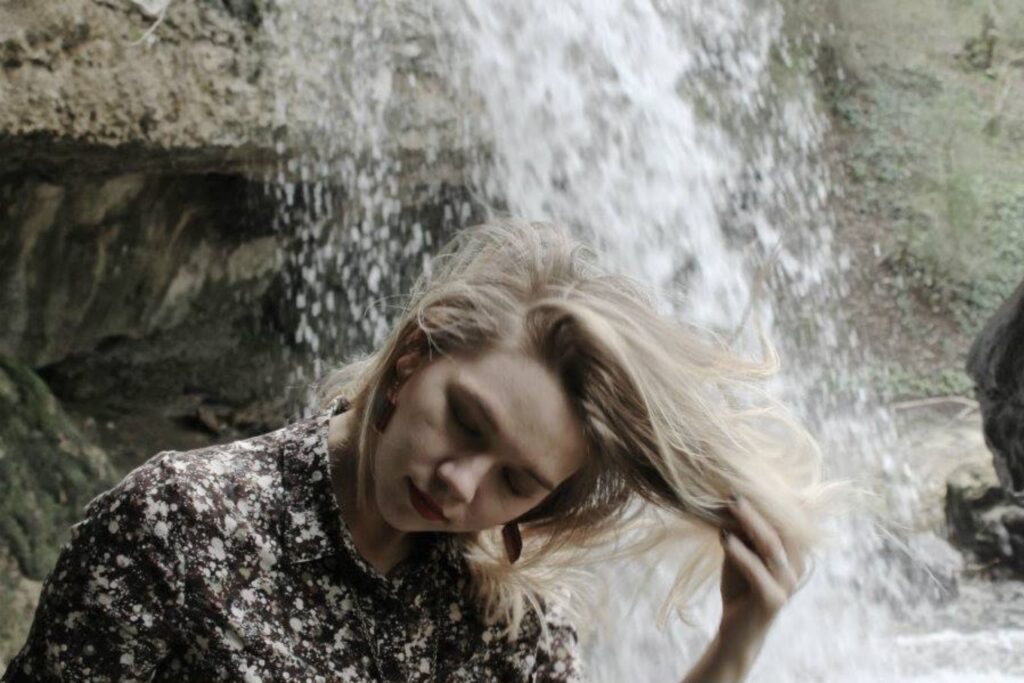
While Chambéry is where I experienced dark periods, I also credit it as the starting point for one of my most beautiful and long-lasting friendships as well as photgraphy muses. On Sundays I would join my Russian counterpart in crime Polina and her French in-laws for lunch. Town gossip and complaints of gas prices or regulations on retirement reform would rejuvenate my soul. Years later when moving to Geneva, I would cross over the border on weekends when my own family felt too far away.
Perhaps what I sought out most is what I found in Chambéry: a sense of community.



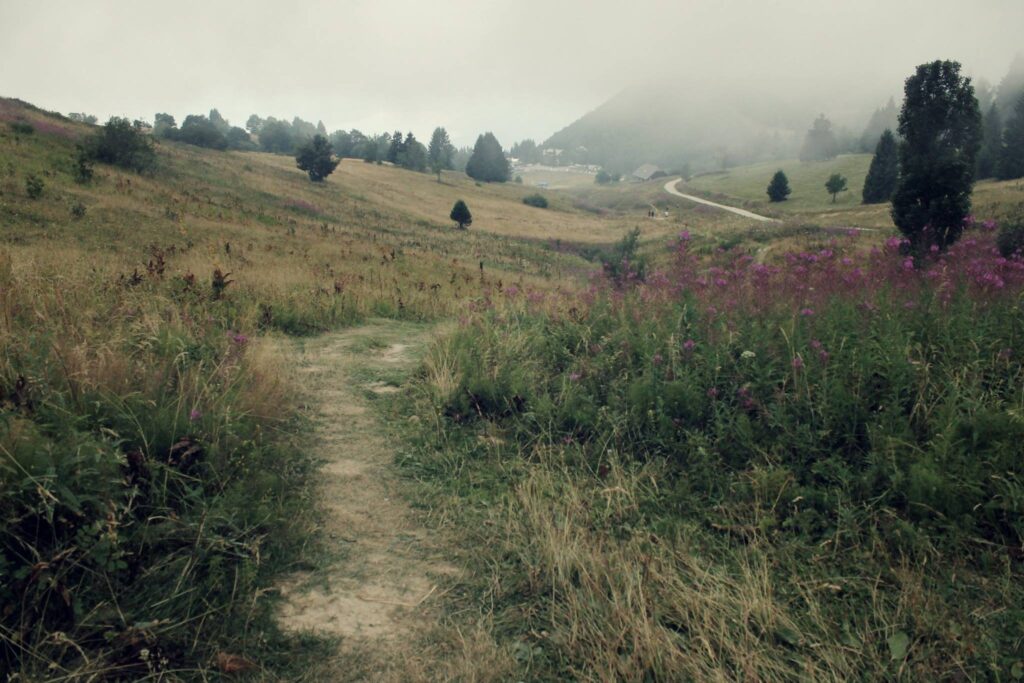
In moments requiring space for reflection, I would walk uphill to Les Charmettes, residence of Madame de Warrens and more famously of writer and philosopher Jean-Jacques Rousseau from 1736 – 1742. While Rousseau’s philosophy on government and individual liberties inspired many ideas igniting the French Revolution, I find Madame de Warens’s story equally, if not all the more, fascinating. Thirteen years Rousseau’s senior, Madame de Warren served as his caregiver and teacher, becoming his lover years later (Rousseau then 20, and she 33). Born in Switzerland to an aristocrat Protestant family, she converted to Catholicism and was shortly thereafter asked by the Duke of Savoy to work as a secret agent, making long journeys across the French Alps to Italy to report on her recent discoveries.



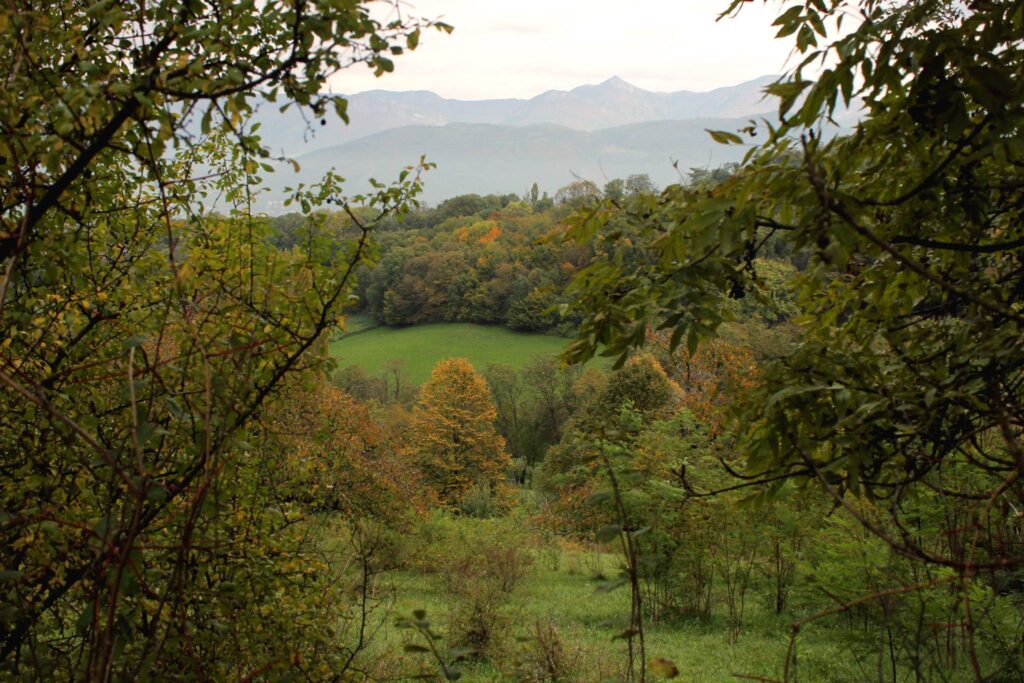
Rousseau is noted as having described his tranquil time at Les Charmettes as some of the happiest years of his life. Walking up the hill, past small streams and bright green moss growing on centuries-old stones, it’s easy to see why. In the spring, I would curl up next to one of the many apple trees to write. Looking out over the mountains, which some friends who had grown up in Alpine surroundings felt stifling, I felt a sense of peace that would put my bubbling uncertainties about the future at ease.
Rousseau is quoted on local tourist websites as saying, “If there’s one small town in the world where you can enjoy the sweetness of life, it’s Chambéry.“1 In my two years living in a small attic amid the mouintains, life didn’t always prove sweet. However Chambéry did help me to find comfort within my own skin, which looking back years later is one of the sweetest experiences of them all.

- Chambéry, capitale de la Savoie – Office de Tourisme de Rumilly Albanais. (2020, April 29). Office De Tourisme De Rumilly Albanais. https://www.rumilly-tourisme.com/decouvrir/la-destination/a-moins-dune-heure/chambery/ ↩︎

Beautiful story and pictures!
Thank you! Chambery is really a hidden gem!
We should go once together 🙂
oh I would love that!